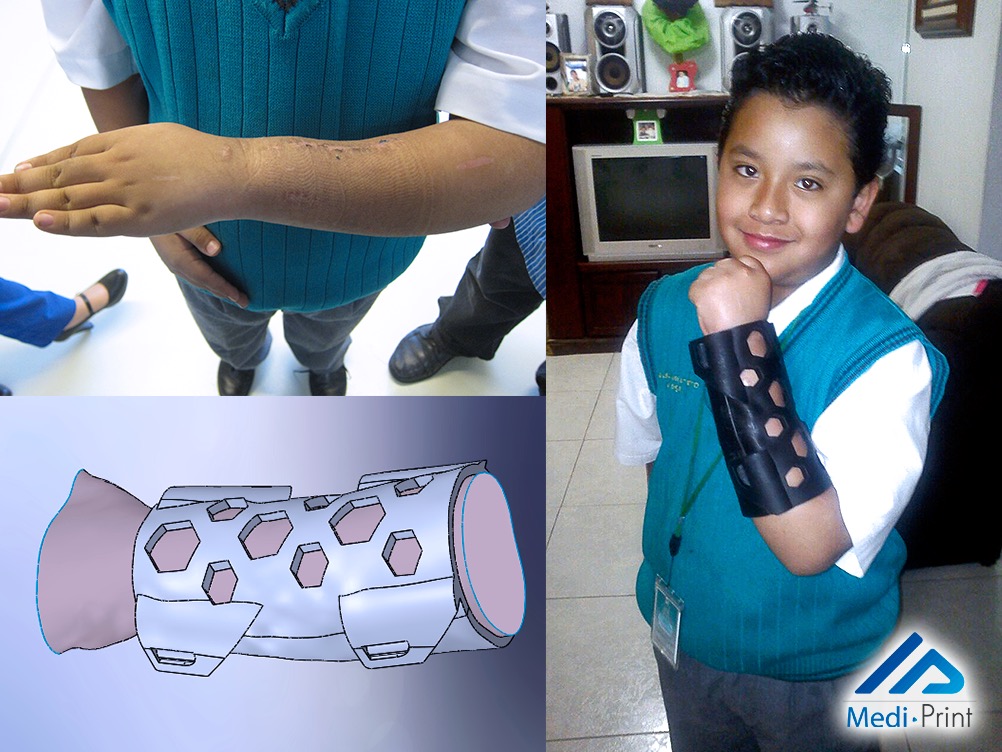Introduction:
Hello, my name is Andrew. I am currently a first-year master’s student looking to obtain my upper-level degree in Computer Science. I completed my Bachelor’s degree in Computer Science with a minor in Mathematics at Texas Tech University. The reason I joined this class is because I am very fascinated with 3D printing and modeling. I had a friend who used his 3D printer in high school to make art pieces for our projects in class and the teachers were very fond of them. I never got around to buying one at that time, but I would watch videos about them on YouTube to see the new creations people were making and using them for. When I started my internship at Los Alamos Labs two years ago, I was introduced to SolidWorks by my mentor, and I used that software to create small items and objects to use for our department’s robotic arm. I really enjoyed the process of making those objects and when I saw this class was an option, I knew I had to take it to enhance my knowledge of computational fabrication and 3D modeling, plus give me an excuse to finally buy a 3D printer and make cool little objects.
Project:
The project that I chose to research was a product called NovaCast. It is a customized 3D printed cast that was created by a Mexican startup called MediPrint. MediPrint is a company composed of graduates from the National Autonomous University of Mexico. One of the founders was Zaid Musa Badwan Peralta who came up with the idea after his mother’s cast was incorrectly done twice and due to it not being properly applied her arm had to have her arm broken again to fix it. However, due to the mismanagement of these procedures, it caused her complications which resulted in her being 50% disabled in her hand.
This incident sparked the idea for the NovaCast which due to its design is very breathable compared to its fiberglass and plaster counterparts, it is waterproof which eliminates the inconvenience of getting it wet and harboring any bacteria which can lead to infections, and it is also 10 times lighter than conventional casts making it more comfortable for wearers. All of these notes are very fascinating to me because when I had my cast when I was younger not being able to access my arm and itch it was very irritating along with the fact that I loved to swim, but could not due to having a cast. The weight of the cast grew on me over time, but it was definitely cumbersome at times.
The NovaCast seems to use a hexagonal lattice design which could provide ample support for the device to withstand any external hits and provide a hardened structure for the broken bone to properly heal in. The NovaCast is created based on scans of the broken body part and then those measurements are utilized to create a 3D model of the body part so the cast can be retrofitted onto that model and then printed out for use. The team uses a software that uses anthropometry measurements which can easily be provided to the healthcare worker to create a specified cast that is shaped and sized according to the patient’s needs. This use of mathematical measurements combined with the 3D modeling capabilities is very fascinating because in my eyes it seemingly hones in on the importance of customizable measurements and the impact that software can have to process that data and output a useful model to make a comfortable cast that is useable by the patient. I’m sure the healthcare provider can take measurements of the patient, but in that industry, things need to be handled quickly yet carefully and by making use of 3D modeling and anthropometry measurements it seems the team is hoping to increase the accuracy and efficiency of modern 3D printed casts.

Project Links:
MediPrint Main Page Article : Could 3D printing replace plaster cast? – MediPrint (mediprint3d.com.mx)
Insider Youtube Link: This 3D printed cast is revolutionizing how we heal broken bones (youtube.com)
3Printr Article: MediPrint Creates Breathable and Lightweight Casts Using 3D Printing (3printr.com)
El Universal Article: Could 3D printing replace plaster casts? | El Universal
Hi Andrew! This project has the potential to enhance quality of care for many people. It’s especially exciting that they design each cast to facilitate the specific injury of the patient. I hope it’s released onto the market soon!
Hi Andrew,
Like you, I’ve been interested in 3D printing for a while but didn’t have the opportunity to try it until now. What better way to get into it than by taking a 3D printing class!
The concept of 3D printed casts sound like a great idea. I am unsure about the advantages of traditional casts over 3D printed, but having more options is always a good thing, at least in my opinion.